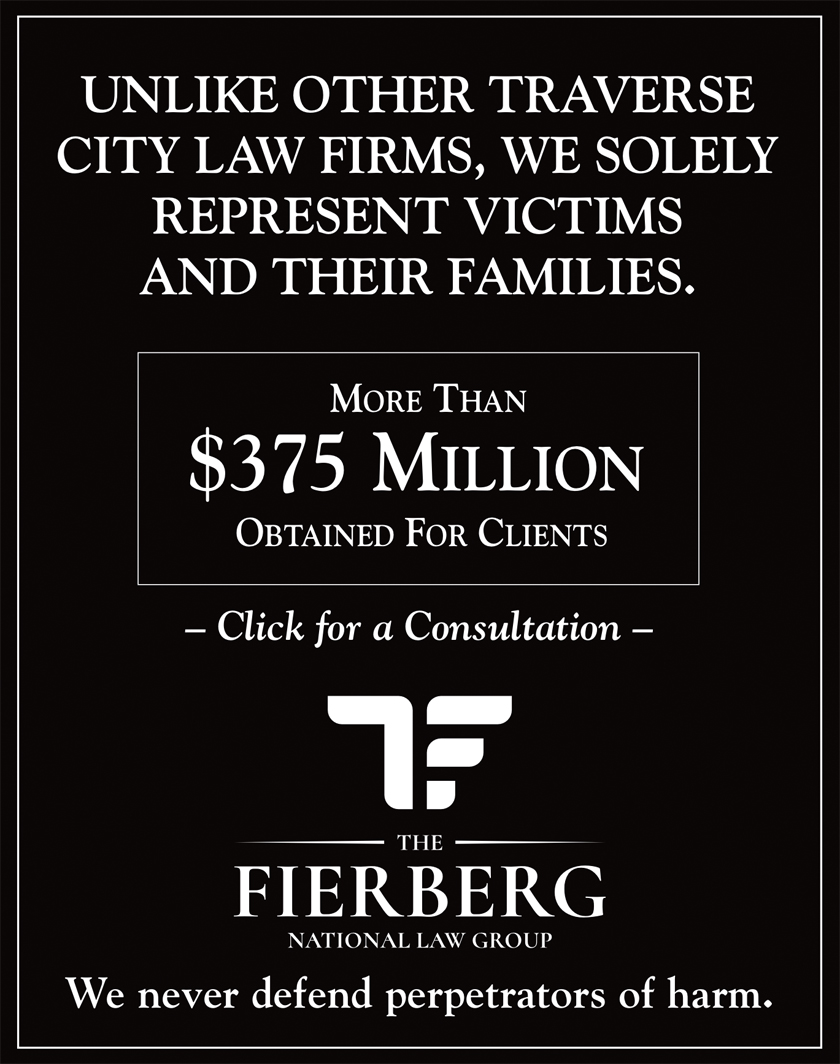
Virtual Reality: The Key To Better Drunk Driving Prevention?
By Craig Manning | Nov. 7, 2025
It’s one thing to tell young people about the dangers of drinking and driving; it’s an entirely different thing to show them what those dangers actually feel like when you’re the one behind the wheel.
That’s the basic philosophy of the Arrive Alive Tour, a drug and alcohol prevention program that uses virtual reality and behind-the-wheel simulations to let students experience how it feels to drive drunk, high on marijuana, or distracted by trying to text while driving. That program recently made a pit stop at Kingsley High School, where students and teachers say it had a profound impact.
“Farm Bureau Insurance partners with [Arrive Alive], and our principal had heard from his insurance agent that they had this program,” Kingsley teacher Michelle Peterson explains.
The opportunity proved to be the perfect fit for Kingsley’s STAND team (Students Together Against Negative Decisions), for which Peterson serves as faculty advisor. Arrive Alive has since become a fixture of Kingsley High’s programming for Red Ribbon Week, a national drug awareness and prevention week introduced in the 1980s in honor of a slain Drug Enforcement Administration agent. Red Ribbon Week runs each year from October 23-31.
Compared to other drug and alcohol awareness programs, Peterson says Arrive Alive is popular among students because of its interactivity. Instead of listening to a lecture or watching a video, each student who goes through the simulator is able to get behind the wheel of an actual vehicle — albeit, one with the battery disabled and the car immobilized. The student then puts on a virtual reality headset and chooses a simulator mode from three different options: drunk driving, high driving, and distracted driving. The headset mimics a real-life driving scenario, with sensors hooked up to the vehicle’s gas pedal, brakes, and steering wheel. Arrive Alive also sets up an LED monitor near the vehicle, so that other students can see, in real time, what their classmate is experiencing.
Students tell The Ticker they were taken aback by just how significantly drunk, distracted, and high driving – even in simulated mode – affected their reaction time and their ability to operate the basic functions of a vehicle.
“We would turn the wheel and the car wouldn’t turn,” one student said. “We would press the brake, but the car would not slow down like it should.”
For some, the simulated situations ended in car crashes. Even for the participants who avoided such outcomes, though, Peterson says Arrive Alive did its job.
“After they go through the simulator, the facilitator from Arrive Alive writes the students tickets for any traffic laws they broke during the simulator,” Peterson tells The Ticker. “So, if they didn’t stop at a stoplight, they got a ticket. If they crashed, they got a ticket.”
The consequences didn’t stop at the citation. Also on hand for the demonstration was an insurance agent, and students were surprised to learn just how much the mock tickets they’d been written would affect things like car insurance costs or even their future insurability.
Arrive Alive conducts before-and-after surveys to gauge each participant’s “knowledge and experience” about drinking and driving, texting and driving, or driving under the influence of drugs. Based on the responses, Peterson says it’s clear her students are thinking differently about safe driving today than they were a few weeks ago.
According to the Centers for Disease Control and Prevention, motor vehicle fatality remains “the leading cause of death to teenagers, representing over one-third of all deaths.”
Comment






